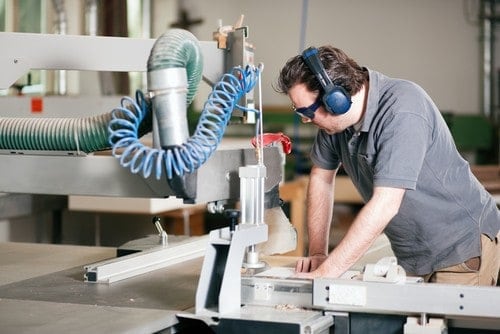We never realize just how important our hearing is until we begin to lose it. Unfortunately, too many Americans today are dealing with hearing loss, and many of them first encountered problems through their occupations.
Take the construction industry, for example. Workers here are at risk of hearing loss on a daily basis, and even the constant din of machinery and equipment over years of work can create long-lasting effects. In many cases, these problems are compounded due to the unwillingness or bad habits of construction workers.
That is why the first line of defense must come from the employer. You can create an effective risk management plan specialized for hearing loss, and you can ensure your team has the training and resources needed to improve noise protection on the job. In order to do that, here are a few tips and tricks:
Make changes to your construction site
Employee behavior is an incredibly important part of noise protection. However, as an employer, you have many strategies you can take to ensure their hearing is never in jeopardy in the first place.
According to the Laborers' Health and Safety Fund of North America, you should analyze your processes and procedures. In some cases, you can actually complete tasks in different ways that are quieter and less risky. For instance, pile driving is loud, but boring can get the same job done at lower volumes. On a similar note, you should assess your equipment to determine if upgrades can lead to noise reduction. Newer tools and machines tend to be quieter than older ones, so determine the risk and reward and decide if buying new is worth the investment.
If an upgrade just isn't economically possible, you still have options. The LHSFNA explained that maintenance can make older equipment quieter, such as adding mufflers to limit the sound. The same can be said for the worksite itself. Consider moving non-essential workers away from noisy sites, or build barriers to prevent the sound from traveling as far.
Train your workers in noise protection
Once your work site is optimized for noise protection, you'll still have to train your workers to be responsible and aware of these risks.
For starters, they should know what the warning signs of hearing loss are so they can seek a medical opinion. In an article for the Better Hearing Institute, Brian Fligor, of the Children's Hospital Boston and Harvard Medical School, wrote that buzzing or ringing in the ears after the noise has stopped is the first sign of a problem. Being unable to understand what people are saying is another warning sign, as is the sensation of "fullness" in the ears after dealing with high levels of noise.
Prepare your staff to understand these risks, and help them take adequate measures to stay safe on the job.



